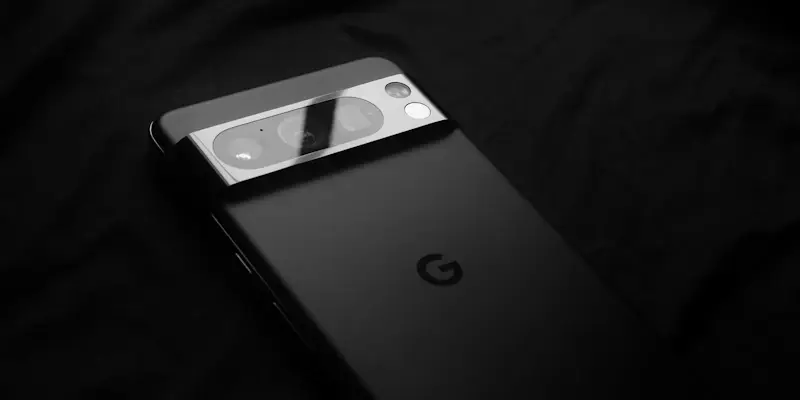The tech world has been buzzing with the launch of Google’s latest smartphone, the Pixel 9a, which brings a host of new features to the table, including a highly-discussed battery health optimization. This feature is designed to reduce battery voltage after 200 charging cycles and aims to prolong the overall lifespan of the battery, though it may come at the cost of daily performance. As Google rolls out the Pixel 9a in various regions this month, consumers are excited but also wary of the potential for diminished battery life and slower charging speeds over time.
The New Battery Health Optimization Feature
Google’s battery health optimization, a first-of-its-kind feature for the Pixel lineup, actively reduces the battery voltage after reaching 200 charge cycles. The intention behind this move is to minimize battery wear and enhance long-term performance stability. Specifically, Google has confirmed that the voltage reduction process will continue progressively until the battery hits 1,000 charge cycles. This staggered approach aims to provide a balanced tradeoff between maintaining battery health and ensuring the device has a usable lifespan.
Unlike Apple’s battery optimization in iPhones, which can be toggled on or off by the user, Pixel 9a users will not have the option to deactivate this optimization. As a result, those experiencing noticeably reduced battery performance may find themselves needing to replace the battery to regain full functionality. Google’s decision to lock this feature suggests a prioritization of longevity over short-term convenience, which may not sit well with all consumers.
Comparisons to Previous Models and Impact on Users
The Pixel 9a, despite boasting a larger battery than its predecessors, such as the Pixel 9, may underperform in terms of battery life due to the new optimization feature. Google has candidly shared that while the battery health optimization will extend the battery lifespan, it could also lead to slower charging processes over time. The performance sacrifices required by this trade-off are not yet fully understood, leaving users to speculate on the real-world implications.
Further fueling apprehensions, the company released a support document detailing how the battery longevity would be impacted, but it notably omitted specifics on the extent of voltage reduction. There’s also lingering unease from a previous incident involving the Pixel 4a, where a similar battery optimization update resulted in significantly reduced usability for affected units. This historical context intensifies scrutiny of the new algorithm introduced in the Pixel 9a, as users question if history may repeat itself.
Despite these concerns, Google has plans to extend the battery health optimization feature to other Pixel models through a software update later this year. For owners of older Pixel models, there will be an option to deactivate this feature, offering them flexibility that’s absent in the Pixel 9a. As these updates roll out, it remains to be seen how the Pixel community will react to the changes and whether Google can address the concerns effectively.
Looking Ahead and Addressing Concerns
The tech industry is abuzz with the release of Google’s latest smartphone, the Pixel 9a. This new model introduces a range of innovative features, with the most talked-about being its battery health optimization. This feature is engineered to lower the battery voltage after 200 charging cycles, aiming to extend the battery’s overall lifespan. However, this improvement might negatively impact daily performance. As Google launches the Pixel 9a in multiple regions this month, consumers are eager yet cautious. They are excited about the new advancements but also concerned about the potential for reduced battery life and slower charging speeds as the device ages. This mix of innovation and concern has made the Pixel 9a a hot topic in tech circles, sparking debates over the trade-offs between long-term durability and daily functional efficiency. Despite the potential drawbacks, the Pixel 9a is poised to make a significant impact on the market, blending new technology with real-world user needs.

